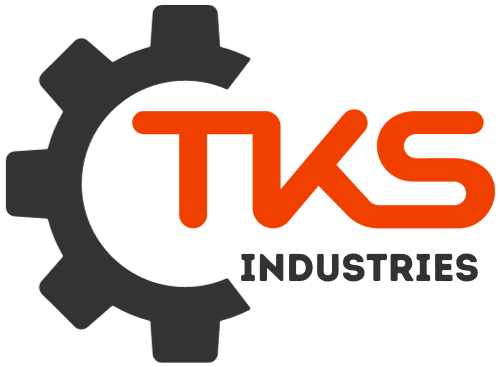[ad_1]
Unraveling the Web: The Ultimate Guide to Cable Machinery
Cable machinery is the unsung hero of countless industries, quietly powering everything from towering skyscrapers to intricate medical procedures. But for those outside the field, it remains an enigmatic area of engineering.
This ultimate guide aims to demystify the world of cable machinery, exploring its essential components, functionality, and applications.
Understanding the Basics
Cable machinery refers to a wide range of equipment used to generate, transmit, and control the movement of cables. It encompasses:
1. Hoisting Machinery:
- Cranes: Utilizing cables to lift and move heavy loads vertically and horizontally across construction sites, ports, and manufacturing facilities.
- Winches: Hand-operated or motorized devices employing cables to pull or haul objects, commonly used in mining, firefighting, and sailing.
- Elevators: Modern "people-movers" that rely on cables to safely ascend and descend buildings.
2. Conveying Machinery:
- Cable Belt Conveyors: Transporting materials like grain, coal, or minerals over long distances using a continuous loop of cable-supported belts.
- Cable Car Systems: Moving passengers or goods across challenging terrain, often in mountainous areas.
- Towing Systems: Utilizing cables for hauling trailers, boats, or vehicles.
3. Other Applications:
- Cable Suspension Bridges: Using cables to support the deck of a bridge, often spanning vast distances.
- Sagging Cables: Controlling the tension and shape of cables in antennas, telecommunications infrastructure, and other structures.
Components of Cable Machinery
Regardless of the specific application, cable machinery typically shares several key components:
- Cables: Made from strong steel, nylon, or other robust materials, cables transmit force, weight, or motion.
- Pulley Systems: Wheels grooved to guide cables, enabling redirection of force and creating mechanical advantage.
- Motors: – Providing the power to move cables and hoist loads.
- Brakes: Ensuring safe and controlled stopping of cables and loads.
- Sheaves and Drums: Guiding cables and controlling their winding and unwinding.
Safety First: Remember This
Working with cable machinery demands stringent safety protocols:
- Proper Training: Only qualified personnel should operate cable machinery.
- Regular Inspections and Maintenance: Preventative maintenance is crucial for ensuring safety and reliable operation.
- Load Limits: Never exceed the machinery’s rated capacity.
- Personal Protective Equipment (PPE): Always wear appropriate PPE, including hard hats, safety glasses, and gloves.
Conclusion
Understanding the intricacies of cable machinery unveils a world of ingenuity and engineering brilliance. From the graceful lift of a crane to the silent journey of a cable car, this often-overlooked technology plays a vital role in shaping our modern world. By recognizing its significance and adhering to safety guidelines, we can harness the power of cable machinery responsibly and continue to push the boundaries of what’s possible.
[ad_2]
